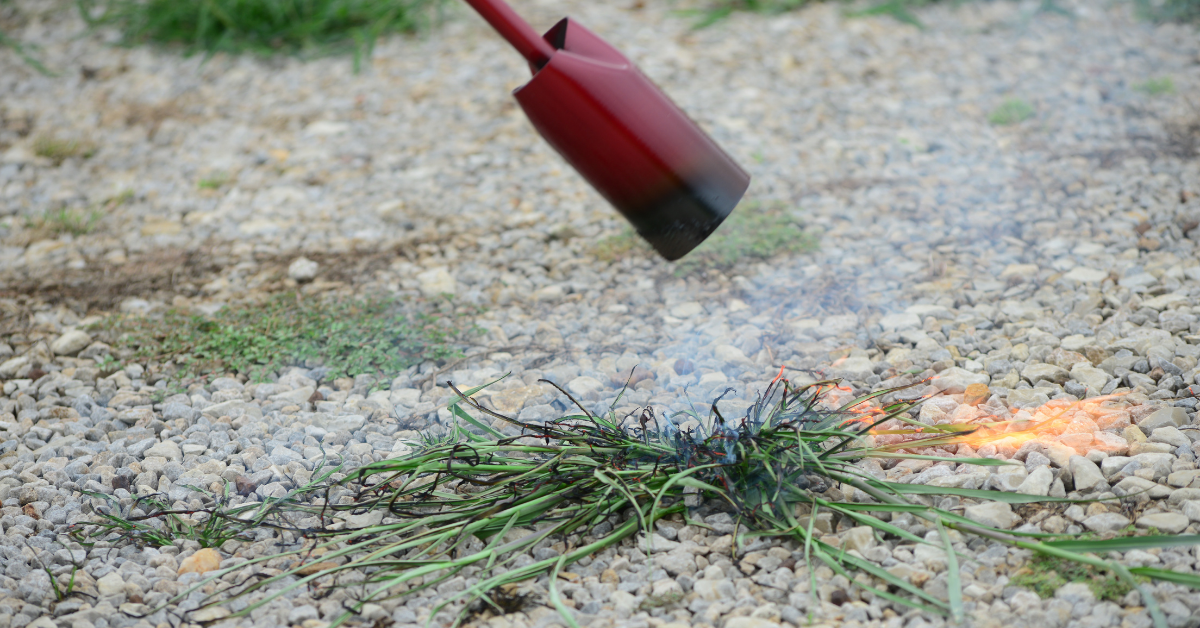I would like to install a small (20Kish BTU) freestanding dual fuel gas stove. I have read that most dual fuel stoves have separate ports for natural gas and propane. My plan would be to have natural gas as it's primary source, but I would like the option to shutoff the natural gas line and connect a 20 lb propane tank in an emergency. I would plan to have the line to the propane tank go outside. It look's like there are products (e.g. Pleasant Hearth 23.5 in 20K BTU Dual Fuel Gas Stove) that could do this with a 100 lb propane tank, but I was curious if there are any that could use a 20 lb propane bottle. I realize a 20 lb propane bottle would only last about a day. I do not the option to store a 100 lb propane tank. The home is a 6K feet. Thanks!
Dual fuel freestanding stove with natural gas and 20 lb propane bottle (for emergencies)?
- Thread starter dualfuel
- Start date
-
Active since 1995, Hearth.com is THE place on the internet for free information and advice about wood stoves, pellet stoves and other energy saving equipment.
We strive to provide opinions, articles, discussions and history related to Hearth Products and in a more general sense, energy issues.
We promote the EFFICIENT, RESPONSIBLE, CLEAN and SAFE use of all fuels, whether renewable or fossil.


